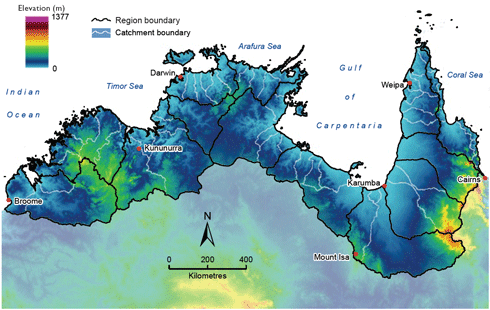
|
Published:
Crunching through the packaging waste problem
An Australian entrepreneur has developed a waste management process based on onsite waste compaction, which he claims reduces the cost and inefficiency of traditional volume-based waste collections that ‘charge ... for picking up air’.

|
|
The Envirobank reverse vending machine compacts cans and plastic bottles onsite. Credit: Envirobank
|
Chris O’Brien’s waste collection business started four years ago when he began developing a compacting machine that he now calls the ‘Hungry Giant’. The machine compacts polystyrene on site, reducing the high-volume waste into small solid blocks that can be more easily transported and recycled into new products overseas.
O’Brien has expanded his Hungry Giant business into a ‘consolidated waste’ service that provides customers with onsite compacting equipment for separate waste streams.
Meanwhile, Envirobank has installed what it claims to be Australia’s first ‘reverse vending machines’ in Sydney shopping centres and schools. The machine looks like a typical vending machine but instead of inserting coins to receive a drink or snack, users place their empty bottles or cans to receive prizes or in-centre retailer discounts.
According to Envirobank, each machine can hold up to 3000 compacted cans and 600 plastic bottles, with each item being scanned and recorded. The machines can also identify non-recyclable material, and alert staff when full.
Money for waste may be the key to boosting recycling rates, according to the Total Environment Centre (TEC), which says a national container deposit (CD) scheme would cost little but achieve a lot.
‘The cost of CD to consumers will be a miniscule 0.4 cents a container, and the system is expected to create some 2000 jobs and a net yearly saving to governments of at least $83 million,’ TEC recently told a Senate Inquiry into Environment Protection (Beverage Container Deposit and Recovery Scheme) Bill 2009.
‘CD will finance a second-tier recycling system, in addition to kerbside, with hundreds of local hubs that can receive problem materials such as e-waste and batteries.’



